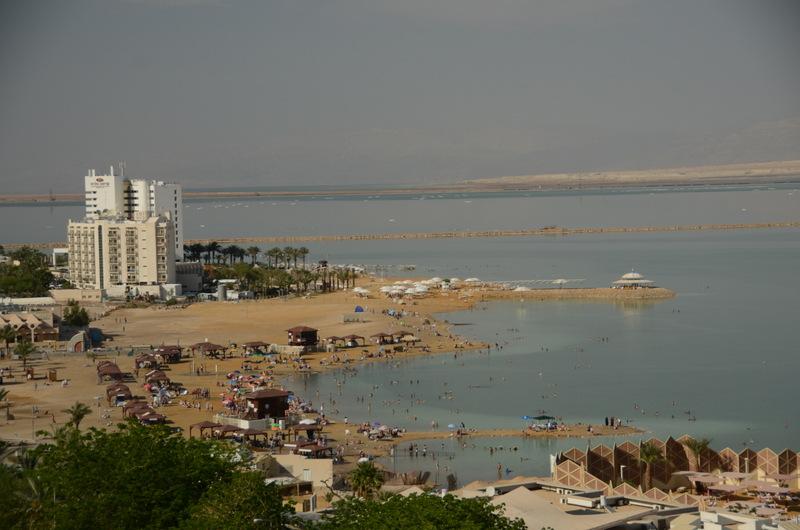More than a decade ago, I traveled both the Israeli and Jordanian sides of the Dead Sea. Nothing truly prepares you for the feeling of floating higher in the water than seems naturally possible. But certainly that’s not the first surprise of traveling there.
For a place that has “sea” in its name, few places seem more distant from Earth’s deep blue than this desert-like basin. Here I was surrounded by baked hills of pale dirt and glaring stone painful to look at without sunglasses. At a roadside in Israel, we stopped the car next to a sign with a single black line across its center: “Sea Level.” This is one of those moments that demanded acknowledgement, like crossing the Equator or a continental divide. We took our photo op and continued our descent to the lowest point on dry land.





